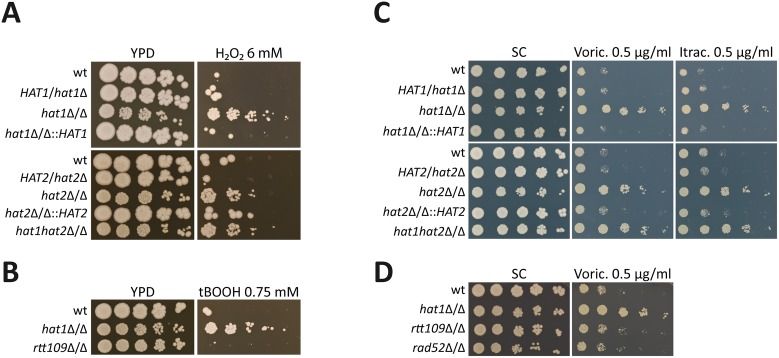Fig 1. Deletion of HAT1 and HAT2 increases oxidative stress resistance and azole tolerance.
(A) Cells lacking Hat1 or Hat2 show increased resistance to H2O2. Lack of both genes mimics the corresponding single deletion strains. (B) Deletion of HAT1 increases resistance to tert-butyl hydroperoxide (tBOOH). Lack of Rtt109 does not affect tBOOH sensitivity. (C) Loss of Hat1 causes reduced susceptibility to voriconazole (Voric.) and itraconazole (Itrac.). Deletion of HAT2 or HAT1 and HAT2 mimics loss of Hat1. (D) Deletion of RTT109 or RAD52 does not increase voriconazole tolerance. (A-D) Fivefold serial dilutions of the indicated strains were spotted on agar plates containing the indicated substances and pictures were taken after incubation at 30°C for 3 days.

